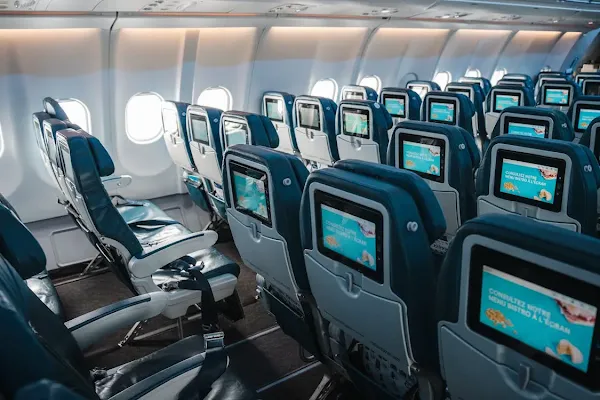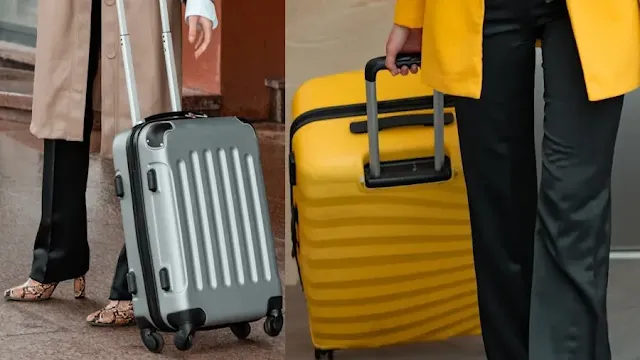Last month, I booked a domestic IndiGo flight and was shocked to pay INR 800 extra just for a window seat. It felt like Indian airlines were squeezing every paisa out of passengers, and I was livid. It’s no secret that carriers like IndiGo, Air India, and others are getting greedier, slapping fees on basics like carry-ons and now seat selection. They lure you with low fares only to hit you with sneaky charges at checkout. This guide unmasks their deceptive tactics and equips you with strategies to outsmart these infuriating fees, so you can save money and avoid falling for their tricks on Indian domestic flights.
Last summer, I booked a flight and got hit with a $30 fee just to pick a window seat. It felt like airlines were nickel-and-diming me for every little thing, and I was furious. It’s no secret airlines are greedy, tacking on fees for basics like carry-ons and now seat selection. This guide exposes their sneaky tactics and shows you how to fight back against these infuriating charges.
Table of Contents
What Are Seat Selection Fees?
Seat selection fees are a greedy ploy by airlines in India and the U.S., charging passengers to pick their seats in advance, especially in economy class. While U.S. airlines like Delta and United have dropped change or cancellation fees, seat fees are skyrocketing. In India, carriers like IndiGo and Air India charge INR 150–3,282 for preferred seats, using drip-pricing to advertise low fares before upselling at checkout. This infuriating tactic milks every last rupee or dollar from travelers. For insights on costly seats, see this Quora discussion.
Airline Seat Selection Fees on India Domestic Airlines
Indian domestic airlines have increasingly adopted seat selection fees, a frustrating tactic to boost revenue. Carriers like Air India, IndiGo, and SpiceJet charge for preferred seats, such as window, aisle, or extra-legroom options, with fees ranging from INR 100 to INR 3,282, depending on the seat type and route. Air India, for instance, charges INR 200 for window/aisle seats and up to INR 1,500 for emergency exit rows, while rear seats are often free. IndiGo starts at INR 150 for standard seats and INR 500 for extra-legroom options. Vistara offers free seat selection in business and premium economy but charges INR 500–1,000 for economy exit rows.
These fees, introduced widely after 2015 regulations relaxed, vary inconsistently, confusing passengers. Airlines justify this by claiming it allows lower base fares, but it feels like a greedy upsell, especially when free seats are available at check-in. To avoid fees, skip seat selection during booking, check in early online, or choose airlines like Vistara, which offer more free options. Social Media Posts highlight traveler frustration, with some accusing airlines like IndiGo of charging for previously free seats during web check-in, underscoring the need for savvy planning to dodge these costs.
How to Avoid Costly Seat Selection Fees
Don’t fall for the airlines’ tricks. Skip seat selection and let the airline assign you a seat at check-in for free. Alternatively, book with airlines that don’t charge for seats or use loyalty program status to waive fees. Timing matters—check in early to snag better seats without paying. Being flexible can save you from these greedy upcharges.
Airlines with Free or Low Seat Fees
Some airlines, like Southwest and JetBlue, often offer free seat selection, though policies vary. Others, like budget carriers, slap on hefty fees for even basic seats. Research airlines before booking to avoid getting fleeced. Choosing carriers with lower or no seat fees can keep your travel budget intact.
Choosing the Best Economy Seats
In economy class, seats near the front or exit rows offer perks like extra legroom or quicker exits, but they often come with higher fees or responsibilities. If you must pay, weigh the cost against the benefit. Otherwise, stick to free random assignments to avoid the airline’s greedy pricing games.
Frequently Asked Questions
What is a seat selection fee in flight?
A seat selection fee is an extra charge airlines impose to let passengers choose their seats in advance, often applied in economy class to boost profits.
Is it mandatory to pay for seat selection?
No, paying for seat selection is not mandatory. Passengers can skip it and get a randomly assigned seat at check-in, though preferred seats may cost extra.
Which airlines have free seating?
Airlines like Southwest and JetBlue often offer free seat selection, though policies vary. Check airline websites for current rules to avoid surprises.
What is free seating?
Free seating means passengers can choose their seats without extra charges, either during booking or at check-in, as offered by some airlines like Southwest.
Which seat is better in economy class?
In economy, seats near the front or exit rows offer more legroom or faster deplaning but often come with higher fees or responsibilities.
How can I avoid seat selection fees?
Avoid fees by skipping seat selection and accepting a random seat at check-in, flying airlines with free seating, or using loyalty program perks.
What are the best seats on a plane when flying economy?
Long-haul Economy Class Comparison Chart
Why Seat 11A Is the Luckiest Seat on a Plane After Air India Crash









